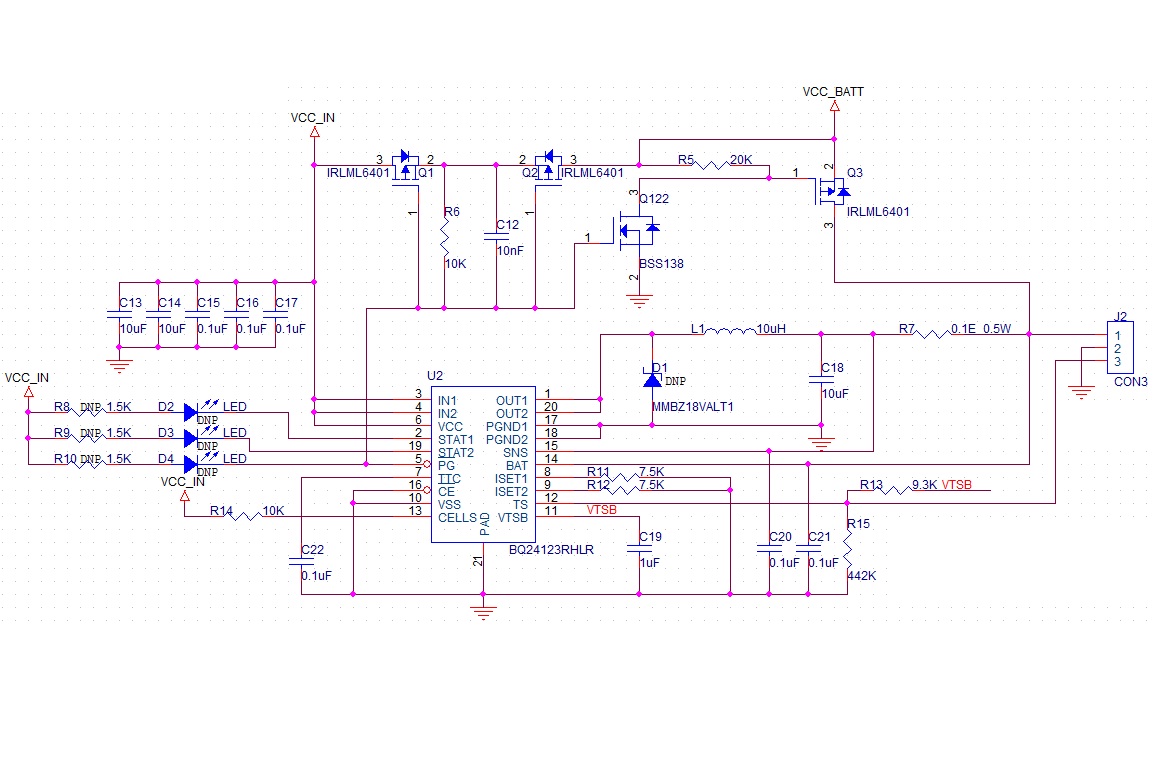Hi All,
Is it possible to charge a 7.4V Li-ion battery with a 8.8V input given to BQ24123 battery charger IC ? (while charging, the battery voltage may go upto 8.4V ). If this is not feasible, what can be the possible solution to meet this requirement. Please suggest. Thanks in advance.
Regards,
Prajwal Kini A.


